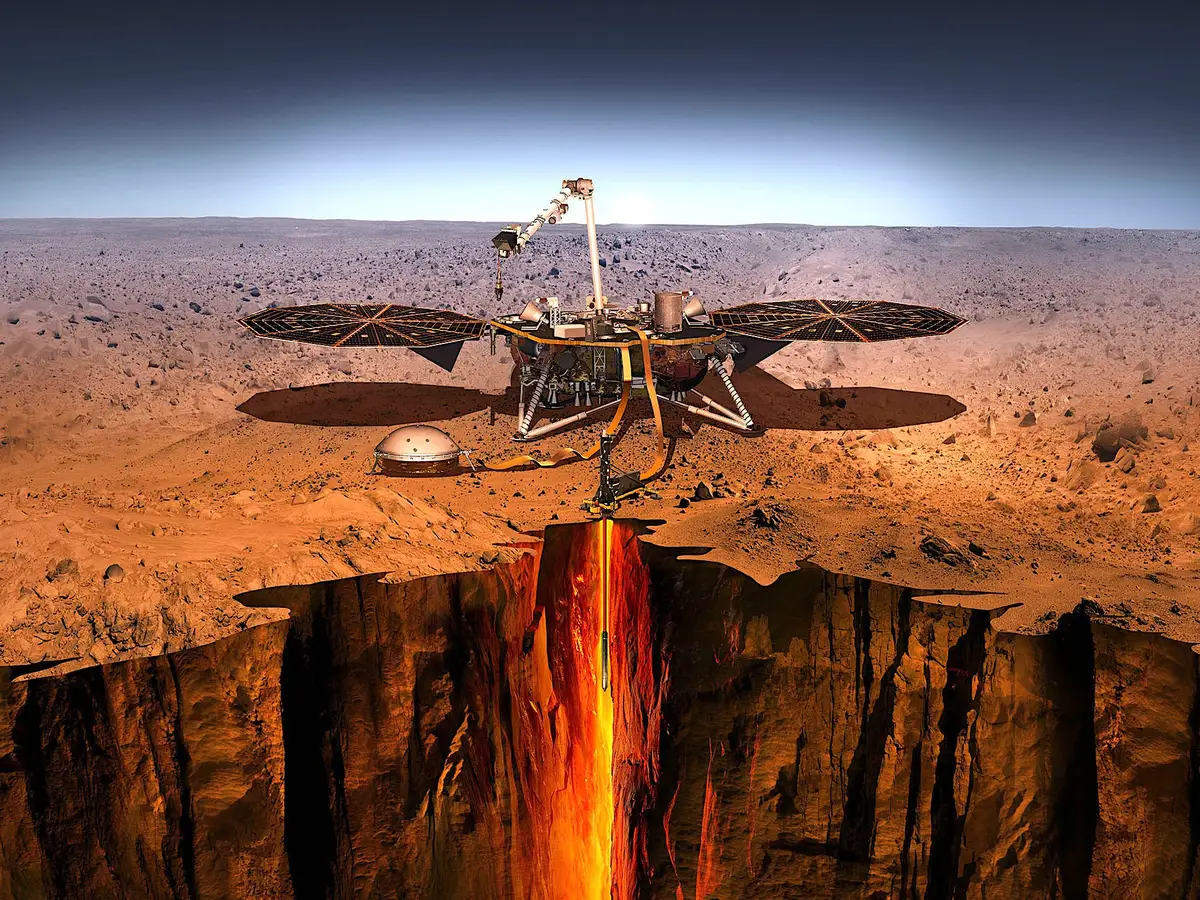Brighter Side of News
6d
342

Image Credit: Brighter Side of News
Scientists find significant amounts of water hidden beneath Mars’ surface
- Scientists have discovered a significant reservoir of water hidden beneath Mars' surface, possibly stored in aquifers deep within the planet's crust.
- The transition of Mars from a wet world to a dry desert has puzzled researchers for years, with theories suggesting water evaporation into space and chemical trapping in rocks.
- Seismic data from NASA's InSight lander revealed a noticeable drop in seismic wave speeds between depths of 5.4 to 8 kilometers, indicating a hidden reservoir of liquid water.
- The subsurface water layer could hold between 520 to 780 meters of global equivalent layer, impacting Mars' potential for habitability and future exploration.
- The discovery opens new possibilities for finding signs of past or present life on Mars and could support future human exploration through water reserves for colonies.
- Understanding Mars' water cycle and hidden reservoirs sets a new direction for exploration missions equipped with advanced seismometers and drilling tools.
- The research findings published in the journal National Science Review contribute critical insights into Mars' history and implications for humanity's future on the Red Planet.
- Exploring the hidden water beneath Mars' surface reveals a world of possibilities and reshapes our understanding of the planet's potential for sustaining life.
- Future exploration missions focusing on investigating deep aquifers on Mars could revolutionize the search for extraterrestrial life and support human endeavors in space.
- Overall, the discovery of hidden water on Mars emphasizes the ongoing narrative of scientific exploration and the possibilities for humanity's future ventures beyond Earth.
Read Full Article
20 Likes
For uninterrupted reading, download the app